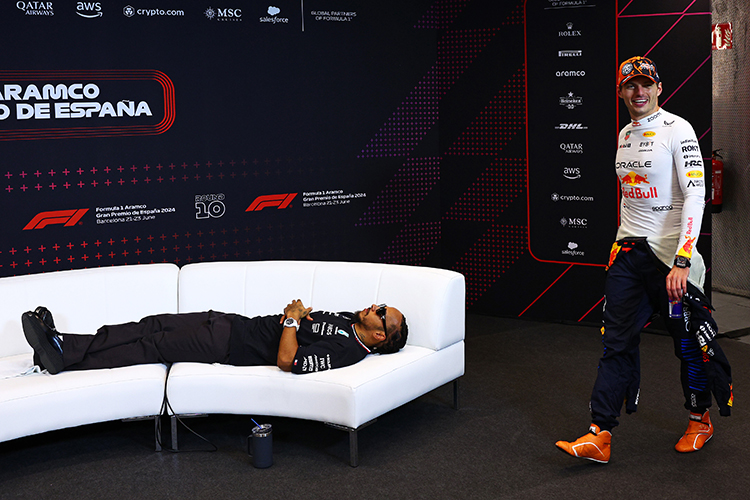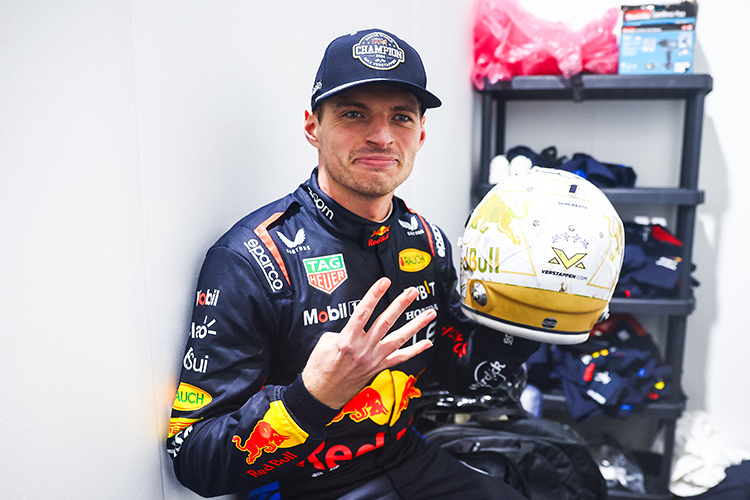Why Is Formula 1 Expensive?

Formula 1 World Champions: A legacy of racing legends
Why is F1 expensive?
Formula 1: The High Costs Behind the Glamour
Explore why Formula 1 is one of the most expensive sports in the world. Learn about the costs behind teams, hosting fees, sponsorships, and broadcasting rights.
Formula 1: The High Costs Behind the Glamour
Formula 1 is widely recognized as the pinnacle of motorsport, blending cutting-edge technology, world-class drivers, and glamorous events. However, one factor that often grabs headlines is the astronomical cost associated with the sport. From team budgets to race hosting fees, understanding why F1 is so expensive reveals the complex ecosystem that sustains it.
The High Cost of Teams
Research and Development
One of the primary reasons F1 is so costly is the immense investment in research and development (R&D). Teams push the boundaries of automotive technology, exploring new materials, aerodynamics, and power units. Developing a competitive car can cost over $200 million per season, with teams like Mercedes and Red Bull leading the way.
Personnel
F1 teams employ hundreds of skilled professionals, including engineers, mechanics, designers, and support staff. Additionally, top drivers such as Lewis Hamilton and Max Verstappen command annual salaries exceeding $30 million, adding another significant expense.
Logistics
Moving teams, cars, and equipment across continents is a logistical challenge and financial burden. With 20-23 Grands Prix in a season, transporting cars, spare parts, and equipment via chartered flights adds to the sport’s staggering logistics costs.
Hosting a Grand Prix
Hosting Fees
Countries aspiring to host a Grand Prix pay substantial fees to the Formula 1 Group, ranging from $20 million to $50 million per race. These expenses often include infrastructure upgrades and meeting stringent FIA regulations.
Revenue Generation
Despite high costs, hosting a Grand Prix can boost tourism, global exposure, and local infrastructure development, making it a worthwhile investment for many governments.
Broadcasting and Media Rights
Broadcasting rights are a major revenue source for Formula 1 but also contribute to its high costs. Networks worldwide pay significant fees for the rights to broadcast races, which attract millions of viewers globally. These costs often translate into cable subscriptions or pay-per-view charges for consumers.
Sponsorship and Branding
Sponsorship Fees
Securing sponsorship in Formula 1 is expensive, with high-profile partnerships running into tens of millions of dollars annually. These sponsorships offer global visibility and association with a prestigious, technologically advanced sport.
Marketing
Teams and sponsors invest heavily in marketing, including social media campaigns, exclusive events, and branded merchandise. These campaigns are essential for maintaining the sport’s high-profile status and justify the significant expenditures.
Conclusion
Formula 1’s astronomical costs are sustained by a balanced ecosystem of team investments, hosting fees, broadcasting rights, and sponsorship deals. These high expenses ensure F1 remains at the forefront of technological innovation and global entertainment, captivating millions of fans worldwide. While expensive, the returns in technology, brand visibility, and economic contributions make Formula 1 a unique and fascinating sport.
Up Next


